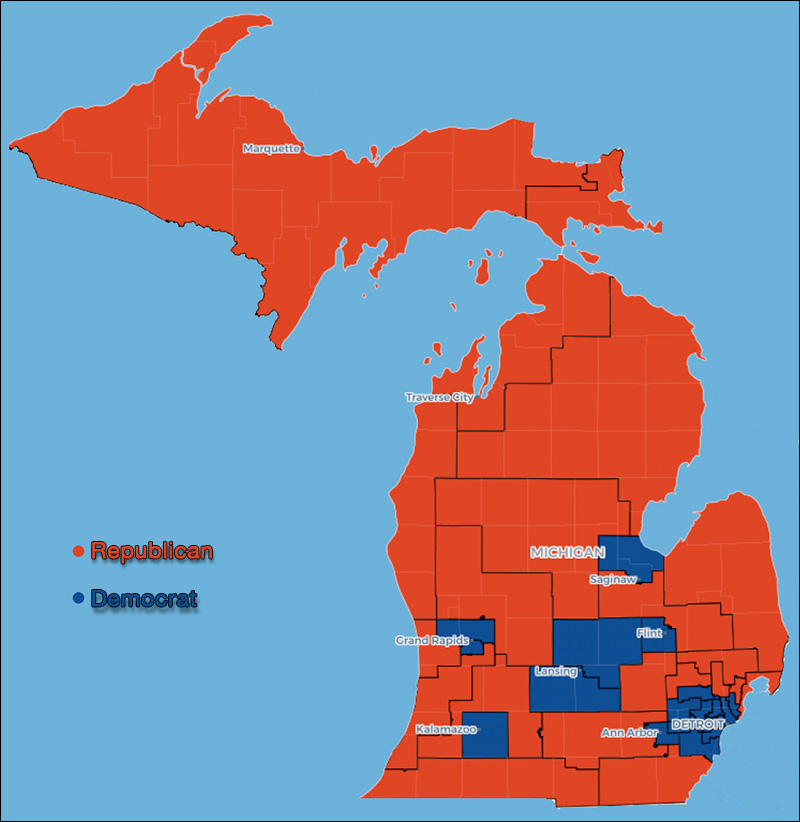By Jim Ellis — Monday, Feb. 13, 2023
National
Gov. Brian Kemp: Expanding Federal PAC — Georgia Gov. Brian Kemp (R) has hired two national fundraisers to expand his federal political action committee’s financial base. Some believe his strengthening the Hardworking Americans PAC is a prelude for Kemp joining the presidential campaign, but it could also bring long term benefits for a potential US Senate run when Sen. Jon Ossoff (D) next comes in-cycle in 2026. Gov. Kemp was re-elected to a second term over Stacey Abrams (D) with a 53-46 percent victory margin. He is ineligible to again run for his current position in the 2026 election.Senate
New Jersey: Local Democrat to Challenge Sen. Menendez — Two-term Roselle Park Mayor Joe Signorello announced late last week that he will launch a Democratic primary challenge to Sen. Bob Menendez in the New Jersey June 2024 primary election. Sen. Menendez is not expected to have much trouble winning renomination and re-election next year, but he now has at least one opponent who attracts significant media attention even though he is a small town mayor. Roselle Park is a city of approximately 14,000 people within populous Union County.
House
OR-5: Freshman Republican Gets First Opponent — Oregon freshman Rep. Lori Chavez-DeRemer (R-Happy Valley) has drawn her first 2024 opponent. Former congressional aide and political consultant Kevin Easton (D), who originally ran for the state’s new 6th District in 2022 only to suspend his campaign prior to the Democratic primary, announced that he will run in the 5th District in 2024.
In November, Chavez-DeRemer defeated former local California elected official Jamie McLeod-Skinner (D), 51-49 percent, to convert the new 5th District to the Republicans after the latter woman unseated veteran Rep. Kurt Schrader (D) in the May Democratic primary. After losing the primary, Schrader correctly predicted the seat would go Republican in the general election because he claimed McLeod-Skinner is well to the left of the district’s electorate.
Cities
Chicago: More Polling Fluctuation — We have covered several polls of the upcoming Chicago mayor’s campaign, and one more was released yesterday. This latest survey finds US Rep. Jesus “Chuy” Garcia (D-Chicago) rebounding from some previous polls that were showing him trending downward. The new Mason-Dixon Polling & Strategies survey conducted for four local Chicago news outlets (Jan. 31-Feb. 3; 625 likely Chicago primary voters; live interview) returns Rep. Garcia to the lead with 20 percent support followed by former Chicago Schools CEO Paul Vallas at 18 percent, and Mayor Lori Lightfoot placing a close third with 17 percent.
The non-partisan primary is scheduled for Feb. 28, and since it is clear no candidate will get close to the 50 percent mark, the top two finishers will advance to an April 4 primary. The polling is so tight that any two of the top five candidates could qualify for the April election. Should she make the runoff, the outlook for the secondary election is poor for Mayor Lightfoot, however. With more than 80 percent of voters first choosing someone other than the incumbent, the chances of her prevailing in a runoff would seem highly unlikely.








